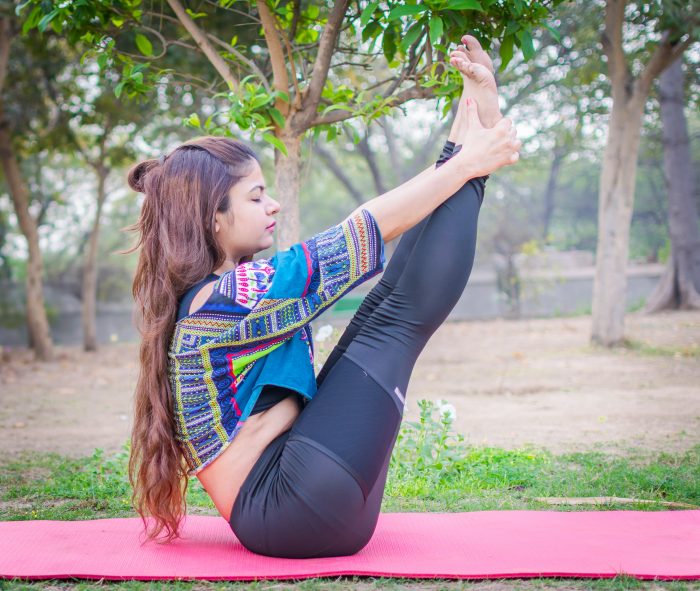As sincere yoga practitioners, and those interested in yoga as an energetic modality or spiritual path, there are nine important facts about asana (postures) that help us not only make the most of our yoga practice, but also help us gain a deeper understanding of this ancient science:
1. All yogic tools work with prāṇa, life-force energy.
Asana, like all other yogic tools, were not classically categorized according to their physical benefits, but according to their energetic function. They were classified into Bṛhmhaṇa (expanding or strengthening), Langhana (reducing or fasting), or Samana (harmonizing). When we understand yogic tools in the way they were once classified, we not only heighten their energetic impact, but also combine the tools in ways that are most appropriate for the practitioner.
2. According to the Haṭhayogapradīpika, one of the main texts on yoga, the practice of asana should make us more steady (sthairyam) in body and mind.
We become more steady when Rajas, the continuous impulse of mind and body, has been reduced (the text talks of “Rajodharma nāśakam”).
3. Our asana practice should help us learn how to cope with the dualities of life.
The Yogasūtra talk about being undisturbed (anabhigātaḥ in Sanskrit) by dvandva (dualities or opposites—see Yogasūtra II.46). There will always be things we like or don’t like. Asana helps us with this aspect, as there will always be postures that we enjoy and feel easy to us and others that challenge us.
By practicing both, we learn how to go beyond and transcend them.
4. The way to practice any posture in line with Patañjali̍’s Yogasūtra is to look for steadiness and grounding into the earth first (sthira).
Then, you need to allow yourself to relax into the posture (sukha).
5. In Indian mythology, the serpent Ananta (literally meaning eternal or without end) represents the perfect (eternal) posture.
The serpent (life-force) carries the whole universe on its head, yet manages to provide a relaxing bed for the god Viṣnu. It represents the capacity to be firm in upholding our dharma, yet staying relaxed and soft. When we look at life, we understand that this is also helpful for our everyday activities: we do the best that we can do, and then leave the rest up to the universe.
6. Asana is always about function (energy)—never about form.
It does not matter what the asana looks like. All that matters is whether the asana fulfills its energetic function. Any “body” can do asana, it has nothing to do with strength, flexibility, or social media perfection.
Also, remember that the posture has to be suitable for you and not the other way round.
7. Asana can also help us overcome heaviness (tamas in Sanskrit).
The first major inner obstacle on our yogic journey will be about overcoming heaviness. It means overcoming the pull of gravity and the earth—that’s why Brahma Granthi, the first major blockage in our energy body, sits in the root chakra, also known as the chakra of the earth.
The root chakra is connected to the voice within us that finds excuses for not doing our practice. No matter what that voice says, do your practice anyway. We will learn that what the mind suggests is often neither real nor appropriate.
A part of our yogic journey is also to learn how not to listen to the suggestions of the mind.
8. Asana helps us prepare for meditation.
To sit in silent meditation for longer periods of time, your lower back needs to be able to hold you upright, and your hips need to be able to relax down. If we have no lightness in the body, it’s very hard to meditate. Asana helps us with achieving the lightness we need to meditate.
9. If we are energetically sensitive, we can track what happens to us in the body through asana.
When we use asana, we will begin to feel where in the body we’ve opened, and how that connects to our energy flow.
For example, we might feel certain organs like our stomach or liver working stronger, but we can also feel the effects on our mind, our nervous system, and our energy body.
Start being curious and extremely present in your practice and feel what it does. Stay longer in a posture to feel its effect and continue to move into more subtlety in your practice.

 Share on bsky
Share on bsky







Read 0 comments and reply